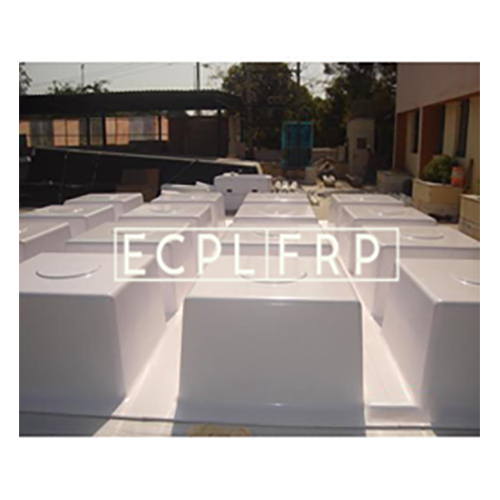FRP MOULD
200000.0 INR/Number
Product Details:
X
FRP MOULD Price And Quantity
- 200000.0 INR/Number
- 1 Number
Product Description
Tell us about your requirement

Price:
Quantity
Select Unit
- 50
- 100
- 200
- 250
- 500
- 1000+
Additional detail
Mobile number
Email



